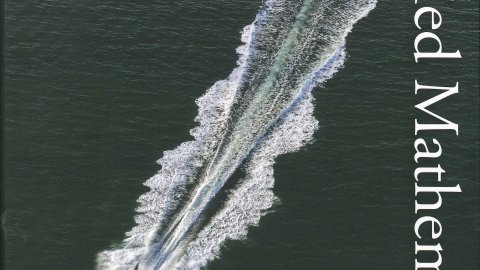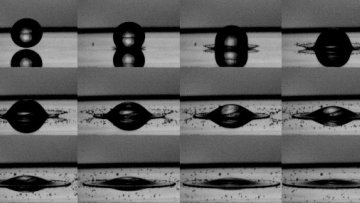14:30
How accurate must solves be in interior point methods?
Abstract
At the heart of the interior point method in optimization is a linear system solve, but how accurate must this solve be? The behaviour of such methods is well-understood when a direct solver is used, but the scale of problems being tackled today means that users increasingly turn to iterative methods to approximate its solution. Current suggestions of the accuracy required can be seen to be too stringent, leading to inefficiency.
In this talk I will give conditions on the accuracy of the solution in order to guarantee the inexact interior point method converges at the same rate as if there was an exact solve. These conditions can be shown numerically to be tight, in that performance degrades rapidly if a weaker condition is used. Finally, I will describe how the norms that appear in these condition are related to the natural norms that are minimized in several popular Krylov subspace methods. This, in turn, could help in the development of new preconditioners in this important field.



